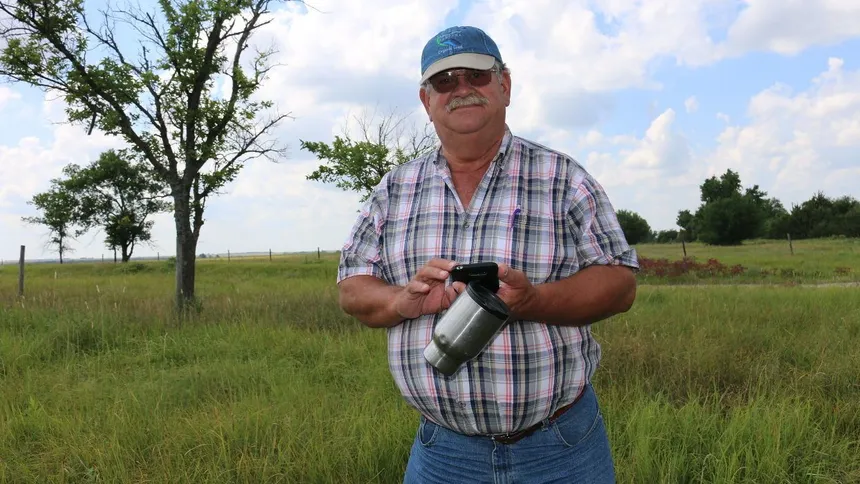As the mercury soars and the days blend together, it’s becoming increasingly difficult to distinguish one sweltering summer from the next. According to a recent report by non-profit Climate Central, an astonishing 326 million people, nearly the entire US population, have experienced at least one unusually hot summer day this summer. The trend is most pronounced in the southern, southeastern, and southwestern states, where the heat seems to intensify with each passing year.
“You know, the trend is so strong there, every year just seems to be getting harder and harder in the south-west,” said Andrew Pershing, director of climate science at Climate Central. His team has been monitoring the influence of climate change on daily temperatures, and the results are alarming. “But then we have other places in the country where the heat will pop up, and one of the lessons of the last few summers is that it can happen just about anywhere.”
The data is stark. A total of 175 US cities analyzed had at least one week with extraordinarily warm temperatures, made at least two times more likely by the climate crisis. San Juan, Puerto Rico, Victoria, Texas, and Lafayette, Louisiana, topped the list, with an astonishing number of days experiencing temperatures that would be unheard of without human-induced climate change.
Ocean temperatures have reached an all-time high, contributing to an intensifying hurricane season. As Pershing explains, “Anywhere that’s surrounded by the ocean, because it is such a great storage medium for heat, a little bit of warming there comes out as highly significant in our analysis.”
The impact is far-reaching, with 45 US cities experiencing at least half of all summer days with exceptionally warm temperatures, made at least twice as likely due to the climate crisis. “Almost everybody in the country had at least one day where the temperature was something that would be half as likely if we hadn’t put all this carbon dioxide in the atmosphere,” Pershing said.

The consequences are not just limited to extreme heatwaves but also extend to other forms of severe weather. Since 1 May, a staggering 96% of the US population has experienced at least one extreme weather alert, according to the Union of Concerned Scientists. It’s more likely than not that the next summer will be even hotter.
As the world grapples with the reality of climate change, it’s become clear that heat is no longer a seasonal aberration but a chronic stressor that affects daily life everywhere. “Heat is just part of our daily life now, and everywhere needs to be prepared for this,” Pershing said.
The implications are grim, with a number of cities across Arizona, Louisiana, Texas, New Mexico, and Alabama experiencing streaks of days above 100F (37.7C). Phoenix, Arizona, for example, saw 56 consecutive days of 105F-plus (40.5C) temperatures, while San Antonio, Texas, and Lafayette, Louisiana, had 23 and 17 days in a row, respectively, of temperatures of at least 100F.
This summer was the hottest on record, surpassing the previous record set in the summer of 2019 by nearly a third of a degree Celsius. The UN secretary general, António Guterres, recently described the situation as “climate breakdown,” stating, “The dog days of summer are not just barking, they are biting.” With the planet’s most vulnerable populations already bearing the brunt of climate-related disasters, it’s imperative that we act swiftly to mitigate the effects of this crisis.

